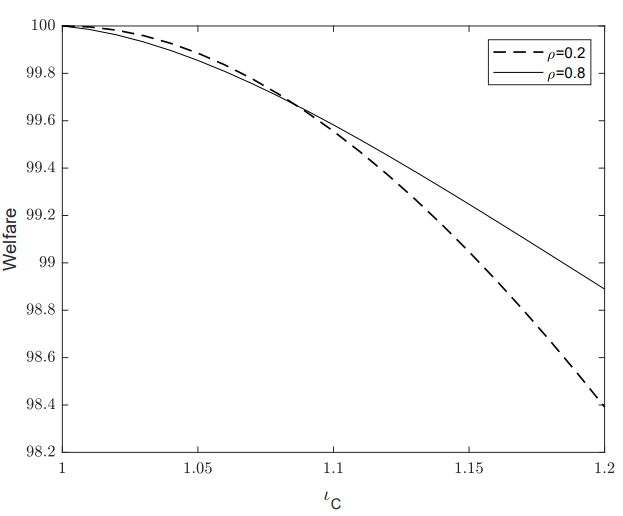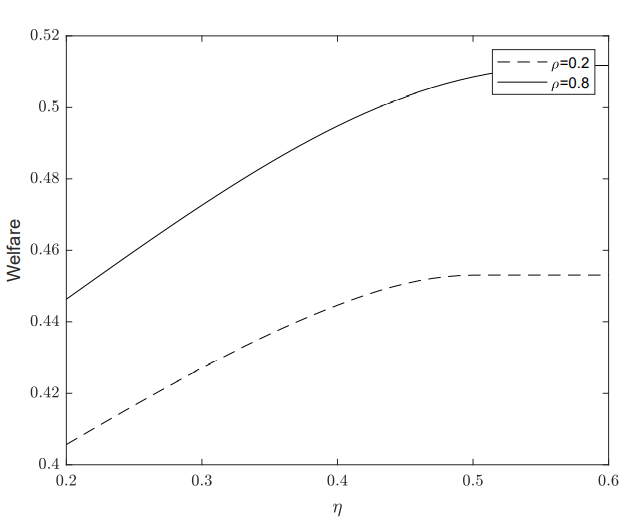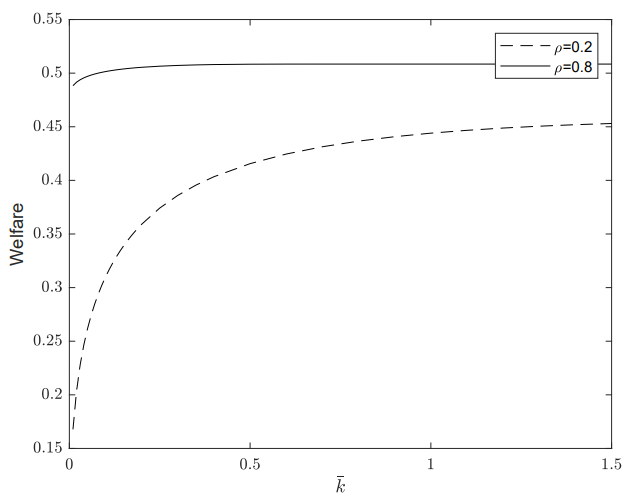References
Assenmacher, K., A. Berentsen, C. Brand, and N. Lamersdorf (2021). A unified framework for CBDC design: Remuneration, collateral haircuts and quantity constraints. Working Paper 2578, European Central Bank.
Bank for International Settlements (2020). Central bank digital currencies: foundational principles and core features. Report no 1 in a series of collaborations from a group of central banks.
Bindseil, U. (2020). Tiered CBDC and the financial system. Working Paper Series 2351, European Central Bank.
Bindseil, U. and F. Panetta (2020). Central bank digital currency remuneration in a world with low or negative nominal interest rates. Technical report, VoxEU.
European Central Bank (2020). Report on a digital euro. Technical report.
European Central Bank (2021). Eurosystem launches digital euro project. Press Release 14 July 2021, European Central Bank.
Keister, T. and D. R. Sanches (2021). Should central banks issue digital currency? Federal Reserve Bank of Philadelphia Working Paper 19-26.
Lagos, R. and R. Wright (2005). A unified framework for monetary theory and policy analysis. Journal of Political Economy 113(3), 463-484.
Sylvestre, J. and C. Coutinho (2020). The use of the Eurosystem’s monetary policy instruments and its monetary policy implementation framework between the first quarter of 2018 and the fourth quarter of 2019. Occasional Paper 245, European Central Bank.










